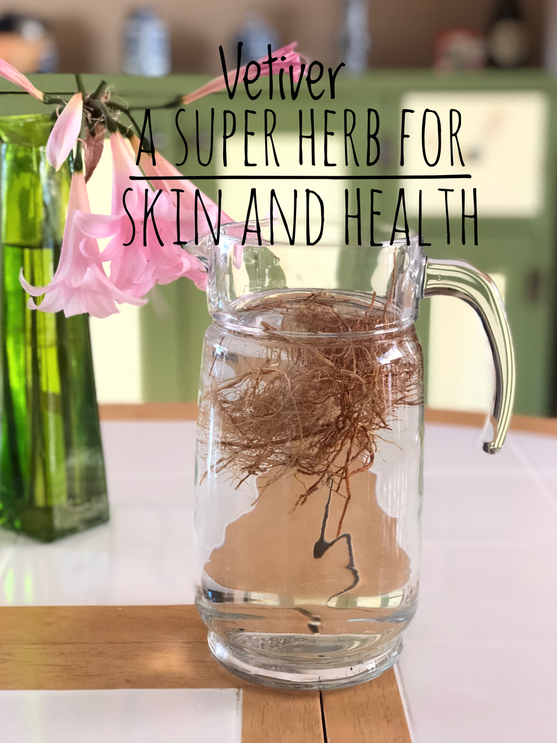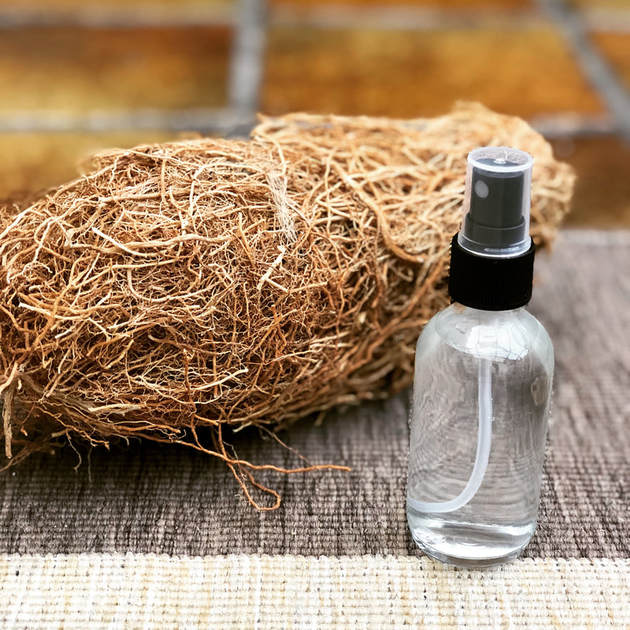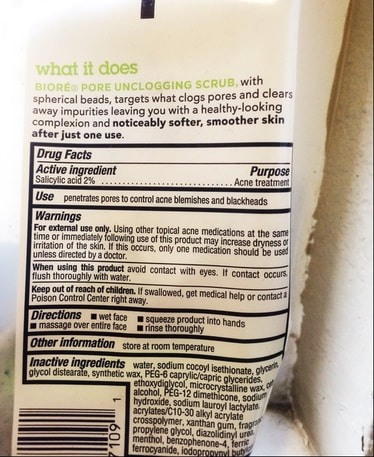|
I am part of a Facebook group of female founders in beauty where someone asked the group to provide inputs on preservatives in cosmetics. Below is what I sent. Please note that there is a lot of misinformation around the use of preservatives. It is true that Saroya as a brand attempts to minimize products that have water and thereby remove the need of preservatives. But that choice is driven by many reasons beyond the need for preservatives.
Why are preservatives important in cosmetics? Preservatives are important in cosmetics for pretty much the same reasons they are important in other products, including food. They extend the shelf life of the product by inhibiting the growth of bacteria, mold, fungus, and yeast. Typically all cosmetic products that contain water need a preservative to have a shelf life that extends beyond a few days. What preservative(s) do you use in your products? Why? - My brand focuses on waterless formulations so I do not use preservatives in a lot of my products. For the few products that do contain water like creams and lotions, I use a preservative combination of gluconolactone and phenoxyehanol. Phenoxyethanol is a very easy to use preservative in that it does not impact the stability of cosmetic formulations. It is also effective. However, it is a skin irritant and I am personally allergic to phenoxyethanol. This particular combination works for me as I am able to reduce the concentration of phenoxyethanol to a point where it does not cause a reaction while being effective in doing the job of extending the shelf life. Update: I switched to a much more gentle preservation system made from fermenting radishes in combination with gluconolacctone. Leuconostoc radish root ferment filtrate is a probiotic preservative that also helps with skin moisturization and pH balance. My formulation philosophy still remains the same - i.e. avoid water and/or use self preserving ingredients which have skincare and antimicrobial properties . What is your opinion on parabens? I believe parabens have got a bad rap not necessarily backed by science. I personally have never used parabens but as a scientist I believe that a lot of things said about them are taken out of context or are not backed by facts. Some of the reasons that people believe parabens are bad are: a) They are endocrine disruptors. Yes, but so are many other things that contain phytoestrogens, including a lot of foods like soy. b) They cause cancer - this is really not backed by facts. The reason people believe parabens cause cancer is because there was a paper published that found parabens in breast cancer cells. Somehow this came to mean that parabens was the cause of the cancer. Do you use natural preservatives? Vegetable glycerin is not regarded as a preservative but it can enhance shelf life by binding to water. In that sense, yes, I do use naturally available ingredients as preservatives. Update: Leuconostoc radish root ferment filtrate is classified as a natural preservative.
3 Comments
Vetiver is a grass that grows prolifically in warm climates. It is particularly well known in India - the name Vetiver is derived from the Tamil word “vetriver” which means cut roots. Vetiver is well known for its environmental benefits - the roots grow long and deep and hence it is cultivated to moderate soil erosion. Vetiver is also grown in farms to enrich soil and help with pest control. The roots are very pleasingly aromatic and are steam distilled to produce Vetiver essential oil. This oil is highly prized in the perfume industry - it is used in perfumes such as Guerlain’s Vetiver, Chanel’s Coco, Dior’s Miss Dior, Yvette St. Laurent’s Opium, and Givenchy’s Ysatis. Vetiver in AyurvedaKnown as Usheera, Vetiver is a super herb in Ayurveda. Aromatherapeutically, Vetiver is considered to be calming and grounding. The first sniff of Vetiver roots took me by surprise. The aroma is mild but delightful. It brought back memories of burning incense in the temples of South India. Vetiver is cooling and is used to calm pitta dosha. It is also pacifying for Vata dosha because of the calming quality of its aroma. Vetiver is mentioned in the Vedas and according to the Ayurvedic scholarly work of Bhavprakash Niganthu, has the following benefits;
Benefits of VetiverThe chemical composition of volatiles from Vetiver root as analyzed in the extracted oil are mainly a class of hydrocarbons called sesquiterpenes. These compounds along with their alcohol derivatives account for the biological properties of Vetiver:
Vetiver has also been used to help with painful symptoms of menstruation and to aid in fertility in women. However it should be avoided by women who are pregnant or breastfeeding. Another property of Vetiver that needs to be kept in mind when taking it internally is that it has the tendency to harden stool . So if you are prone to constipation, limit taking vetiver internally. It could help with diarrhea though. How to use VetiverVetiver is available as roots and as essential oil derived from the roots. Below are some methods to incorporate this herb in your beauty and health routine.
It was not till recently that I became super conscious about what I put on my skin. For many years, I picked a lotion that was attractive looking and within my skin care budget without a thought to ingredients. That's because I did not realize that skin is very absorbent and what you put on it will end up in your blood. Recently I did an audit of all the products in my home and was shocked to find 1) Most of my soaps, scrubs, lotions have a minimum of thirty ingredients 2) Many of the ingredients are harmful 3) The skin care and cosmetics industry is totally unregulated and companies put all kinds of things in their products. Below are a few examples: Biore pore unclogging scrub Notice all those things? There is an excellent database where you can plug in all those chemicals and get toxicity studies and other detailed information. For instance: About peg-12 dimethicone: peg-40 dimethicone is a synthetic polymer composed of peg (polyethylene glycol) and dimethicone, a silicon-based polymer. Due to the presence of peg, this ingredient may contain potentially toxic manufacturing impurities such as 1,4-dioxane. About diazolidinyl urea (formaldehyde releaser): diazolidinyl urea is an antimicrobial preservative that works by forming formaldehyde in cosmetic products. People exposed to such formaldehyde-releasing ingredients may develop a formaldehyde allergy or an allergy to the ingredient itself. In the u.S. Approximately 20% of cosmetics and personal care products contain a formaldehyde-releaser and the frequency of contact allergy to these ingredients is much higher among americans compared to studies in europe. I am not an alarmist - however, my general philosophy is to go simple. So when it comes to products, I want the least number of ingredients and no stress about whether they are harmful or not. To make things worse, some companies are getting smart and not listing all the ingredients in their products. Take Oil of Olay Complete for example: The full list of ingredients can be found on the P&G website and are as follows: Inactive ingredients Water, glycerin, isohexadecane, polyacrylamide, C13-14 isoparaffin, laureth-7, cyclopentasiloxane, PEG/PPG-20/20 dimethicone, steareth-21, stearyl alcohol, sucrose polycottonseedate, behenyl alcohol, tocopheryl acetate, cetyl alcohol, DMDM hydantoin, iodopropynyl butylcarbamate, steareth-2, triethoxycaprylylsilane, disodium EDTA, aloe barbadensis leaf juice, oleth-3 phosphate. DMDM hydantoin is a preservative and has a toxicity rank of 7/10 - a formaldehyde releaser. The point is, I was horrified and outraged that big companies can be so irresponsible and make chemical soups with potentially hazardous chemicals that can end up in my cells. I get that the concentration of these things is really small, but we use these products daily, sometimes more than once a day for years and then it does not take much imagination to wonder if the cumulative concentration of these chemicals might be higher than desirable in our blood. The last product I want to talk about is Pond's cold cream. This thing has been around for decades - now it is a sad toxic pot of crap. Next time you pick up a product, please look at the ingredients and make good choices for your health.
|
|
|
© Saroya Natural 2023 | All rights reserved.
Website designed by Aadi M |
Contact Us |







 RSS Feed
RSS Feed